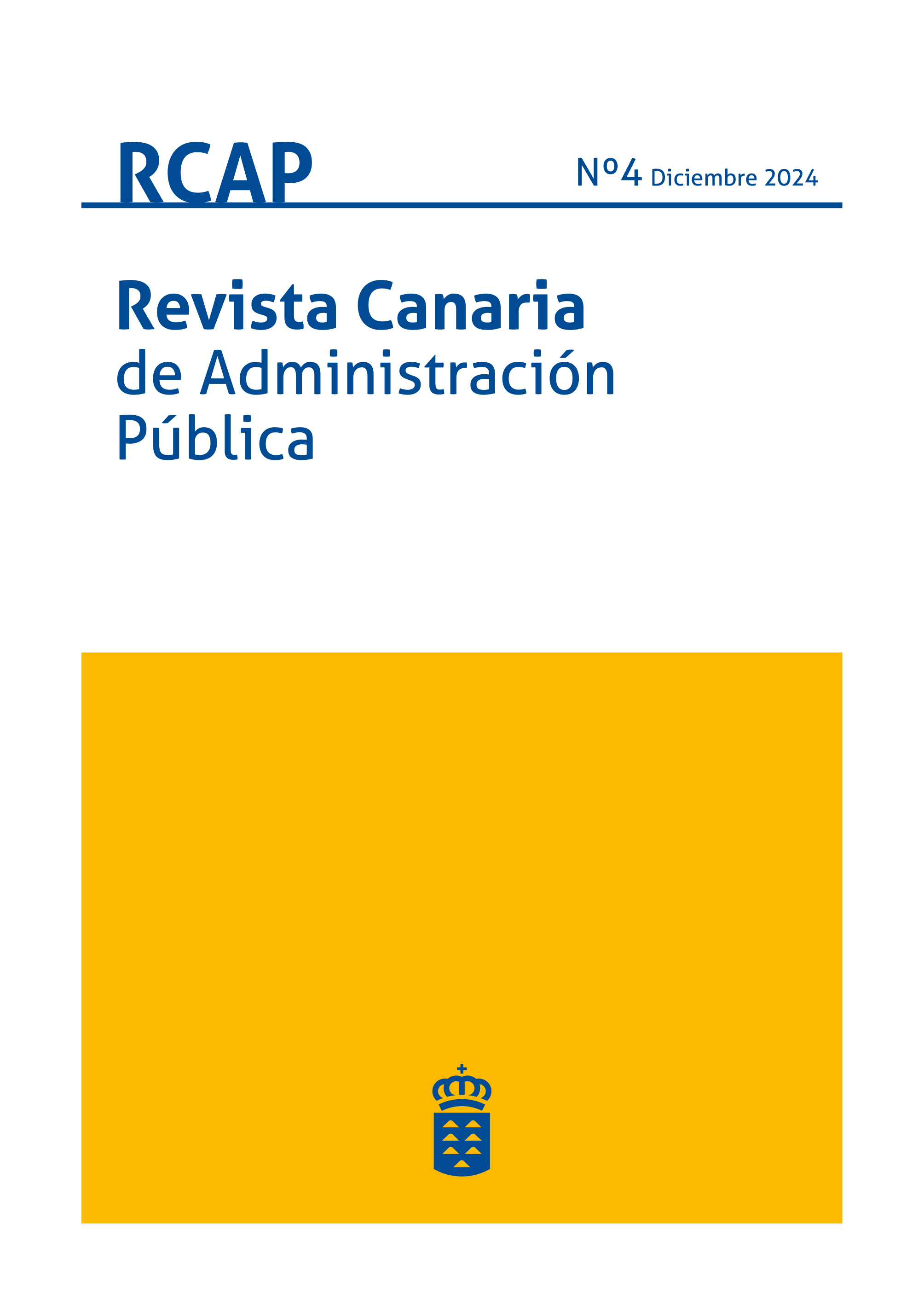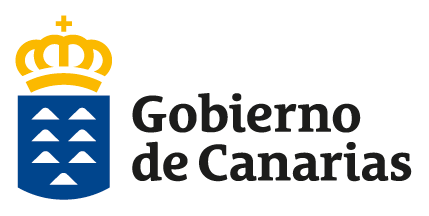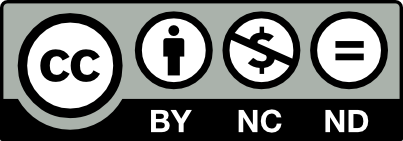Administraciones públicas contra la desinformación
DOI:
https://doi.org/10.36151/RCAP.4.7Palabras clave:
Verdad, posverdad, bulos, Inteligencia Artificial, Administraciones PúblicasResumen
Este artículo se inicia con una exploración del concepto de verdad a través de su evolución histórica, para luego analizar cómo la posverdad ha ido transformando nuestra relación con la información, en especial con los efectos negativos que tienen los bulos en la sociedad. También analizamos cuáles son los factores que propician la desinformación. En este trabajo defendemos que las administraciones públicas deben jugar un papel importante en la lucha contra la desinformación. Para ello, presentamos con qué retos se enfrentan las administraciones públicas, hablamos del riesgo de censura, el equilibrio entre libertad de expresión y protección de la verdad, la velocidad de la desinformación, la problemática en la atribución de responsabilidades, la resistencia a la regulación y la necesidad de colaboración internacional. Finalmente, se proponen estrategias para combatir la desinformación por la administración pública, entre las que tenemos el evitar convertirse en “juez” de la verdad, fomentar la transparencia, regular las plataformas digitales, la colaboración con el sector privado, promover la alfabetización mediática, y aprovechar el potencial de la inteligencia artificial para detectar y combatir la desinformación.
Descargas
Referencias
Abdul Jamsheed, V., & Janet, B. (2021). Deep fake video detection using recurrent neural networks. International Journal of Scientific Research in Computer Science and Engineering, 9(2), 22-26.
Alexander, D. E. (2014). Communicating earthquake risk to the public: the trial of the "L'Aquila Seven". Natural Hazards, 72, 1159-1173.
Allcott, H., & Gentzkow, M. (2017). Social media and fake news in the 2016 election. Journal of economic perspectives, 31(2), 211-236.
Asch, S. E. (1956). Studies of independence and conformity: I. A minority of one against a unanimous majority. Psychological monographs: General and applied, 70(9), 1.
Azevedo, P., Rocha, G., Esteves, D., & Cardoso, H. L. (2021). Towards Better Evidence Extraction Methods for Fact-Checking Systems. In IEEE/WIC/ACM International Conference on Web Intelligence and Intelligent Agent Technology (pp. 277-284).
Bakir, V., & McStay, A. (2018). Fake news and the economy of emotions: Problems, causes, solutions. Digital journalism, 6(2), 154-175.
Bakshy, E., Messing, S., & Adamic, L. A. (2015). Exposure to ideologically diverse news and opinion on Facebook. Science, 348(6239), 1130-1132.
Baudrillard, J. (2023). La sociedad de consumo. Siglo XXI.
Bennett, W. L., & Livingston, S. (2018). The disinformation order: Disruptive communication and the decline of democratic institutions. European journal of communication, 33(2), 122-139.
Bessi, A., & Ferrara, E. (2016). Social bots distort the 2016 US Presidential election online discussion. First monday, 21(11-7).
Bilotserkovets, M. A., Fomenko, T. M., & Lushchyk, Y. M. (2023). Major EU practices on media literacy for boosting students' critical thinking in the frame of target language learning.
Bozdag, E., & Van Den Hoven, J. (2015). Breaking the filter bubble: democracy and design. Ethics and information technology, 17, 249-265.
Bontridder, N., & Poullet, Y. (2021). The role of artificial intelligence in disinformation. Data & Policy, 3, e32.
Bradshaw, S., & Howard, P. N. (2018). The global organization of social media disinformation campaigns. Journal of International Affairs, 71(1.5), 23-32.
Chesney, B., & Citron, D. (2019). Deep fakes: A looming challenge for privacy, democracy, and national security. Calif. L. Rev., 107, 1753.
Cinelli, M., Quattrociocchi, W., Galeazzi, A., Valensise, C. M., Brugnoli, E., Schmidt, A. L., Zola, P., Zollo, F. y Scala, A. (2020). The COVID-19 social media infodemic. Scientific reports, 10(1), 1-10.
Del-Fresno-García, M., & Manfredi-Sánchez, J. L. (2018). Politics, hackers and partisan networking. Misinformation, national utility and free election in the Catalan independence movement. Profesional de la Información, 27(6), 1225-1238.
Durach, F., Bârgăoanu, A., & Nastasiu, C. (2020). Tackling disinformation: EU regulation of the digital space. Romanian journal of European affairs, 20(1).
Falk, B. J. (2009). Learning from history: Why we need dissent and dissidents. International Journal, 64(1), 243-253.
Ferrara, E., Varol, O., Davis, C., Menczer, F., & Flammini, A. (2016). The rise of social bots. Communications of the ACM, 59(7), 96-104.
Fletcher, R., & Nielsen, R. K. (2018). Are people incidentally exposed to news on social media? A comparative analysis. New media & society, 20(7), 2450-2468.
Frau-Meigs, D. (2007). Media Education. A Kit for Teachers, Students, Parents and Professionals (p. 186). Unesco.
Frosio, G. (2024). From the E-Commerce Directive to the Digital Services Act. Digital Services Act Commentary (Edward Elgar, forthcoming 2025).
Furnham, A., & Boo, H. C. (2011). A literature review of the anchoring effect. The journal of socio-economics, 40(1), 35-42.
Glas, R., van Vught, J., Fluitsma, T., De La Hera, T., & Gómez-García, S. (2023). Literacy at play: an analysis of media literacy games used to foster media literacy competencies. Frontiers in communication, 8, 1155840.
Hammond, J. (2012). „The Lies that Led to the Iraq War and the Persistent Myth of 'Intelligence Failure'". Foreign Policy.
Harsin, J. (2015). Regimes of posttruth, postpolitics, and attention economies. Communication, culture & critique, 8(2), 327-333.
Hassan, N., Arslan, F., Li, C., & Tremayne, M. (2017, August). Toward automated fact-checking: Detecting check-worthy factual claims by claimbuster. In Proceedings of the 23rd ACM SIGKDD international conference on knowledge discovery and data mining (pp. 1803-1812).
Hinds, S. (2019). The European Union approach to disinformation and misinformation: the case of the 2019 European Parliament elections (Doctoral dissertation).
Horne, B., & Adali, S. (2017). This just in: Fake news packs a lot in title, uses simpler, repetitive content in text body, more similar to satire than real news. In Proceedings of the international AAAI conference on web and social media (Vol. 11, No. 1, pp. 759-766).
Hussain, A., Ali, S., Ahmed, M., & Hussain, S. (2018). The anti-vaccination movement: a regression in modern medicine. Cureus, 10(7).
Jackson, B. F. (2014). Censorship and Freedom of Expression in the Age of Facebook. NML Rev., 44, 121.
Johnson, N. F., Velásquez, N., Restrepo, N. J., Leahy, R., Gabriel, N., El Oud, S., Zheng, M., Manrique, P., Wuchty, S.. & Lupu, Y. (2020). The online competition between pro- and anti-vaccination views. Nature, 582(7811), 230-233.
Jones-Jang, S. M., Mortensen, T., & Liu, J. (2021). Does media literacy help identification of fake news? Information literacy helps, but other literacies don't. American behavioral scientist, 65(2), 371-388.
Kata, A. (2010). A postmodern Pandora's box: anti-vaccination misinformation on the Internet. Vaccine, 28(7), 1709-1716.
Klein, D. B., & Stern, C. (2006). Economists' policy views and voting. Public Choice, 126(3), 331-342.
Kogan, S., Moskowitz, T. J., & Niessner, M. (2019). Fake news: Evidence from financial markets. Available at Kogan, S., Moskowitz, T. J., & Niessner, M. (2019). Fake news: Evidence from financial markets. Disponible en SSRN, 3237763.
Kouroutakis, A. (2020). EU Action Plan Against Disinformation. The International Lawyer, 53(2), 277-290.
Lazer, D. M., Baum, M. A., Benkler, Y., Berinsky, A. J., Greenhill, K. M., Menczer, F., Nyhan, B., Pennycook, G., Rothschild, D., Schudson, M., Sloman, S., Sunstein, C., Thorson, E., Watts, D. & Zittrain, J. L. (2018). The science of fake news. Science, 359(6380), 1094-1096.
Lewandowsky, S., Ecker, U. K., Seifert, C. M., Schwarz, N., & Cook, J. (2012). Misinformation and its correction: Continued influence and successful debiasing. Psychological science in the public interest, 13(3), 106-131.
Livingstone, S. (2004). Media literacy and the challenge of new information and communication technologies. The communication review, 7(1), 3-14.
Livingstone, S., & Helsper, E. (2010). Balancing opportunities and risks in teenagers' use of the internet: The role of online skills and internet self-efficacy. New media & society, 12(2), 309-329.
López-Marcos, C., & Vicente-Fernández, P. (2021). Fact Checkers facing fake news and disinformation in the digital age: A comparative analysis between Spain and United Kingdom. Publications, 9(3), 36.
Marshall, H., & Drieschova, A. (2018). Post-truth politics in the UK's Brexit referendum. New Perspectives, 26(3), 89-105.
Marwick, A., & Lewis, R. (2017). Media manipulation and disinformation online. New York: Data & Society Research Institute, 7-19.
McCoy, J., Rahman, T., & Somer, M. (2018). Polarization and the Global Crisis of Democracy: Common Patterns, Dynamics, and Pernicious Consequences for Democratic Polities. American Behavioral Scientist, 62(1), 16-42.
Modreanu, S. (2017). The Post-Truth Era. Human and Social Studies, 6(3), 7-9.
Neville-Shepard, R. (2019). Post-presumption argumentation and the post-truth world: On the conspiracy rhetoric of Donald Trump. Argumentation and Advocacy, 55(3), 175-193.
Nielsen, R., & Graves, L. (2017). "News you don't believe": Audience perspectives on fake news. Reuters Institute for the Study of Jounalism.
Nickerson, R. S. (1998). Confirmation bias: A ubiquitous phenomenon in many guises. Review of general psychology, 2(2), 175-220.
Nikolinakos, N. T. (2023). A European Approach to Excellence and Trust: The 2020 White Paper on Artificial Intelligence. In EU Policy and Legal Framework for Artificial Intelligence, Robotics and Related Technologies-The AI Act (pp. 211-280). Cham: Springer International Publishing.
Nordberg, P., Kävrestad, J., & Nohlberg, M. (2020). Automatic detection of fake news. In 6th International Workshop on Socio-Technical Perspective in IS Development, virtual conference in Grenoble, France, June 8-9, 2020 (pp. 168-179). CEUR-WS.
O'Neil, C. (2018). Armas de destrucción matemática: cómo el big data aumenta la desigualdad y amenaza la democracia. Capitán Swing Libros.
Pavleska, T., Školkay, A., Zankova, B., Ribeiro, N., & Bechmann, A. (2018). Performance analysis of fact-checking organizations and initiatives in Europe: a critical overview of online platforms fighting fake news. Social media and convergence, 29, 1-28.
Pennycook, G., & Rand, D. G. (2019). Fighting misinformation on social media using crowdsourced judgments of news source quality. Proceedings of the National Academy of Sciences, 116(7), 2521-2526.
Postman, N. (2011). Technopoly: The surrender of culture to technology. Vintage.
Radford, A., Wu, J., Child, R., Luan, D., Amodei, D., & Sutskever, I. (2019). Language models are unsupervised multitask learners. OpenAI blog, 1(8), 9.
Smith, T. C., & Novella, S. P. (2007). HIV denial in the Internet era. PLoS Medicine, 4(8), e256.
Tandoc Jr, E. C., Lim, Z. W., & Ling, R. (2018). Defining "fake news" A typology of scholarly definitions. Digital journalism, 6(2), 137-153.
Tesich, S. (1992). A government of lies. The nation, 254(1), 12-15.
Timberg, C. (2016). Russian propaganda effort helped spread 'fake news' during election, experts say. Washington Post. Recuperado en: http://www.washingtonpost.com/business/economy/russian-propaganda-effort-helped-spread-fake-newsduring-electionexperts-say/2016/11/24/793903b6-8a40-4ca9-b712-716af66098fe_story.html
Tsfati, Y., & Cappella, J. N. (2005). Why do people watch news they do not trust? The need for cognition as a moderator in the association between news media skepticism and exposure. Media psychology, 7(3), 251-271.
Tversky, A., & Kahneman, D. (1974). Judgment under Uncertainty: Heuristics and Biases: Biases in judgments reveal some heuristics of thinking under uncertainty. science, 185(4157), 1124-1131.
Unión Europea (2018). Communication from the Commission to the European Parliament, the European Council, the Council, the European Economic and Social Committee and the Committee of the Regions: Tackling online disinformation: a European Approach. COM(2018) 236 final.
Unión Europea (2020). A European Democracy Action Plan. COM(2020) 790 final.
Unión Europea (2022). Code of Practice on Disinformation. European Commission. Recuperado de https://digital-strategy.ec.europa.eu/en/library/2018-code-practice-disinformation.
Van Bavel, J. J., & Pereira, A. (2018). The partisan brain: An identity-based model of political belief. Trends in cognitive sciences, 22(3), 213-224.
Van der Linden, S., Leiserowitz, A., Rosenthal, S., & Maibach, E. (2017). Inoculating the public against misinformation about climate change. Global challenges, 1(2), 1600008.
Van Prooijen, J. W., & Douglas, K. M. (2018). Belief in conspiracy theories: Basic principles of an emerging research domain. European journal of social psychology, 48(7), 897-908.
Vosoughi, S., Roy, D., & Aral, S. (2018). The spread of true and false news online. science, 359(6380), 1146-1151.
Wardle, C., & Derakhshan, H. (2017). Information disorder: Toward an interdisciplinary framework for research and policymaking (Vol. 27, pp. 1-107). Strasbourg: Council of Europe.
Zhou, X., & Zafarani, R. (2020). A survey of fake news: Fundamental theories, detection methods, and opportunities. ACM Computing Surveys (CSUR), 53(5), 1-40.
Zuiderwijk, A., & Janssen, M. (2014). Open data policies, their implementation and impact: A framework for comparison. Government information quarterly, 31(1), 17-29.
Descargas
Publicado
Número
Sección
Licencia
Derechos de autor 2024 Revista Canaria de Administración Pública

Esta obra está bajo una licencia internacional Creative Commons Atribución-NoComercial-SinDerivadas 4.0.







